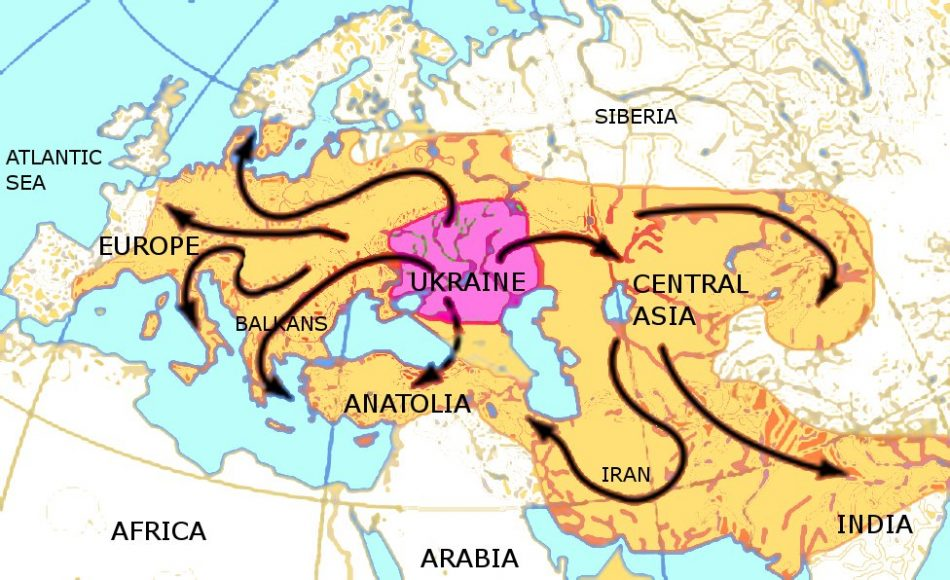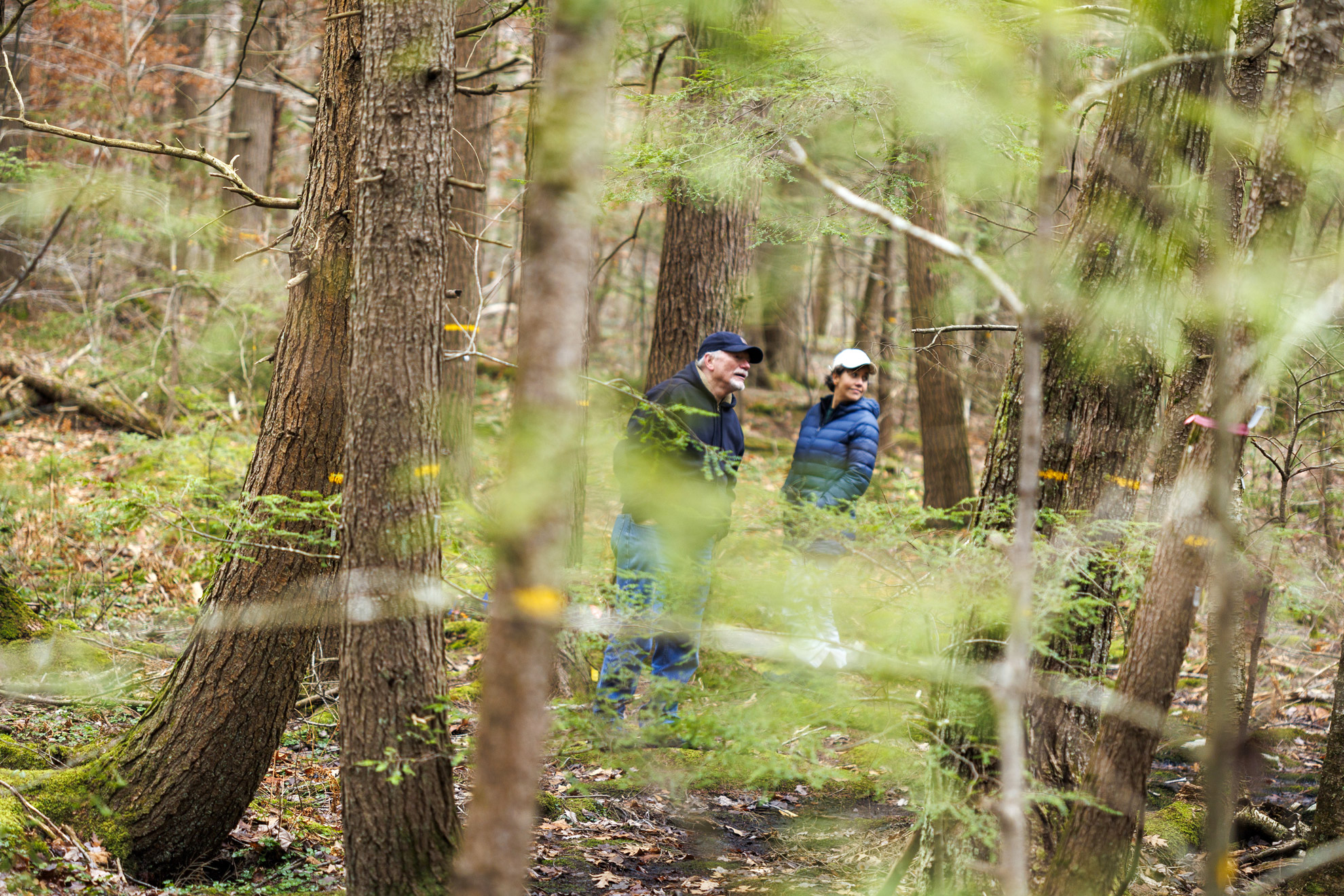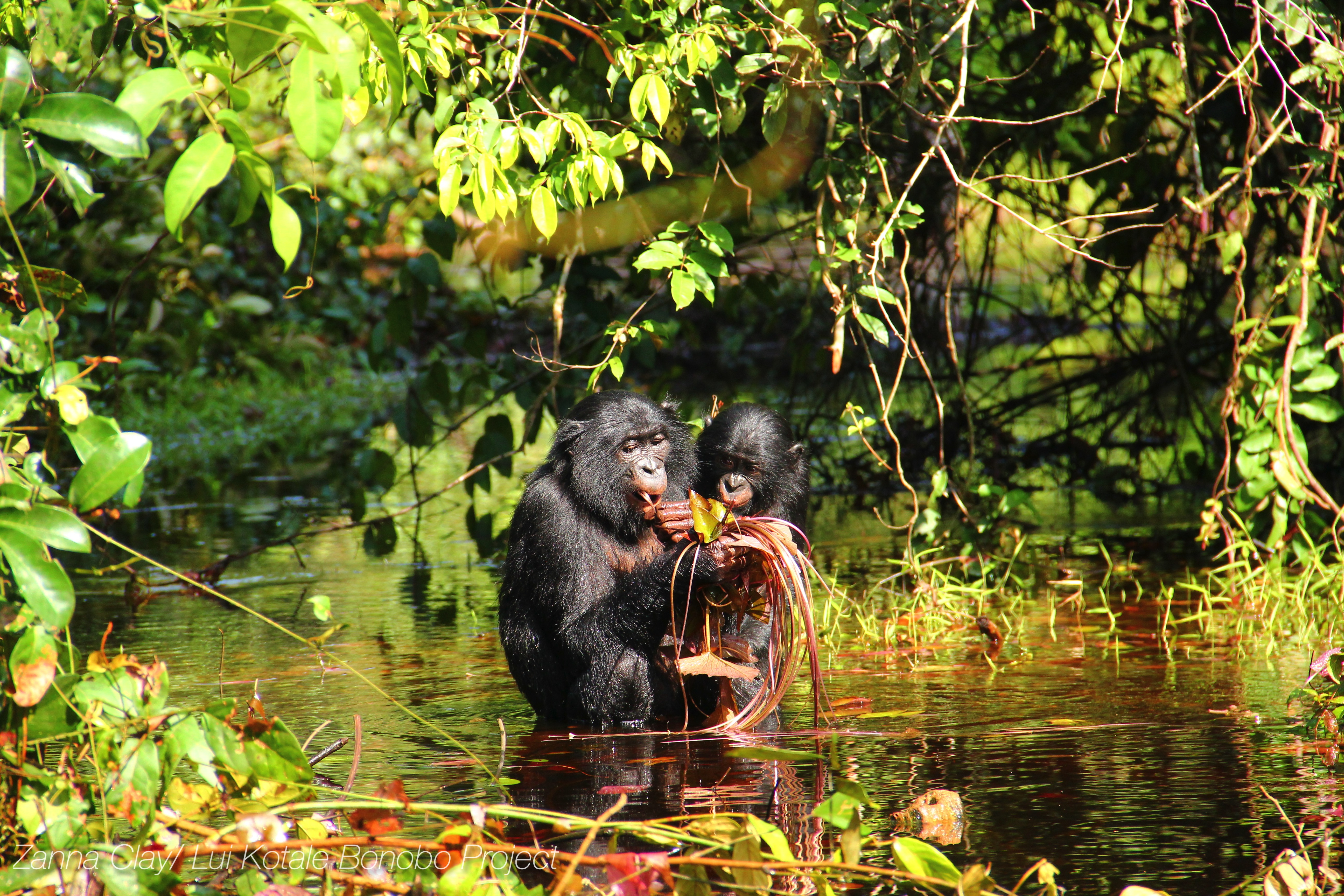The origins of Indo-European languages have long intrigued linguists and historians alike, as they represent a family of over 400 languages spoken by more than 40% of the global population today. Through recent landmark studies, researchers have traced these languages back to the Caucasus Lower Volga people, who lived in what is now Russia around 6,500 years ago. This remarkable discovery sheds light on the Yamnaya culture, known for their nomadic pastoralism and significant cultural exchanges during the Eneolithic period. By analyzing genetic data, scientists can better understand the connections between these early societies and the development of proto-Indo-European languages. Such linguistic studies provide crucial insights into how diverse languages evolved from a common ancestry, enriching our understanding of human history and cultural evolution.
The exploration of the roots of Indo-European linguistics has unveiled fascinating connections among ancient peoples and their languages. Often referred to as the ancestral tongue of a vast array of dialects, this linguistic family has captivated researchers aiming to uncover its ties to civilizations like the Yamnaya culture and the Caucasus Lower Volga inhabitants. Linguistic anthropology and genetic analyses have converged, revealing patterns that align with ancient migration routes and cultural exchange. The discoveries highlight the intermingling of populations and the diffusion of languages influenced by nomadic lifestyles and shared traditions. As scholars piece together the puzzle of Indo-European origins, we gain a deeper appreciation for the historical tapestry woven by human interaction and linguistic evolution.
The Origins of the Indo-European Languages
The research into the origins of Indo-European languages has yielded groundbreaking insights that trace back to a specific group of people known as the Caucasus Lower Volga. Located in present-day Russia, this ethnicity is believed to have existed around 6,500 years ago, during the Eneolithic period. The significant finding is that these ancient speakers were integral to the genesis of over 400 languages spoken today, accounting for nearly 40% of the global population. Their spread from the steppe grasslands of the lower Volga River to the northern foothills of the Caucasus Mountains has been identified through both archaeological and genetic studies.
These linguists and geneticists have pieced together the profound impact the Caucasus Lower Volga people had on the development of the Indo-European language family. The confirmation of their role serves as a crucial link to the broader narrative of human history, particularly in examining how migratory patterns resulted in the extensive linguistic diversity we observe today. This aligns with historical hypotheses developed in the 19th century, solidifying the connections between early speakers of proto-Indo-European languages and their ancestral homeland.
The Yamnaya Culture and Its Influence on Language Development
The Yamnaya culture, emerging within the context of the Indo-European language origins, is characterized as a group of nomadic pastoralists living in the Eurasian steppe. These people are recognized for their innovative practices, such as herding livestock on horseback and utilizing oxen-towed wagons, which revolutionized transportation and trade. This mobility allowed them to interact and intermingle with various regional populations, facilitating the diffusion of both their economic practices and their language across Europe, reaching as far as Ireland and Mongolia.
As the Yamnaya expanded their territory around 5,000 years ago, they significantly influenced the linguistic landscape. Their methods of communication and cultural traditions spread through their trading routes and military conquests. Researchers now suggest that this initial diffusion of the proto-Indo-European language was critical in shaping not only the languages of Europe but also those in the Indian subcontinent. As observed in genetic studies, the linguistic legacy of the Yamnaya continues to profoundly impact the cultural and linguistic fabric of many modern societies.
Genetic Evidence Linking Ancient Populations
Genetic studies have become indispensable tools in tracing the ancestry of modern European populations back to the Yamnaya and Caucasus Lower Volga peoples. Ongoing research in this field has revealed clear markers that link ancient genomes with contemporary European and Asian populations. The findings highlight significant demographic changes, such as the massive influx of Yamnaya ancestry into Europe, which led to substantial shifts in regional genetic compositions through what has been termed as population replacement.
These studies have illustrated how genetic markers serve as a tracer dye, mapping the journey of languages across geographic and cultural boundaries. The genetic contributions from the Yamnaya and their integration with the diverse populations across Europe enable modern scholars to reconstruct historical events that shaped the linguistic and genetic landscape of the continent.
The Steppe Hypothesis Revisited
The steppe hypothesis, which has long served as a framework for understanding Indo-European language origins, posits that the proto-Indo-European speakers were primarily located in the vast steppes of Eurasia. Recent studies have reinforced this hypothesis by presenting evidence from both genetic data and archaeological findings from the Caucasus region. By corroborating linguistic similarities with migrations traced through DNA analysis, researchers are able to validate historical assumptions about language evolution.
Moreover, this hypothesis has sparked a renewed interest in interdisciplinary approaches, combining linguistics, archaeology, and genetics to paint a fuller picture of how ancient cultural exchanges influenced language development. As researchers delve deeper into these connections, the understanding of how Indo-European languages evolved continues to be refined, revealing the complexity of human interaction across centuries.
Cultural Traditions and Burials in Kurgans
The Yamnaya culture is noted not only for its linguistic contributions but also for its distinctive cultural practices, particularly in the realm of funerary rites. The use of kurgans—large burial mounds—resulted in a unique archeological pattern throughout the steppes, providing insight into the social and cultural structures of these ancient peoples. The presence of kurgans indicates a significant emphasis on ritual and memorialization, linking them to their ancestors in a manner that highlights continuity over time.
Understanding these burial practices sheds light on the connections between the Yamnaya’s cultural identity and their linguistic developments. The archaeological record suggests that similar burial customs might have been prevalent among other proto-Indo-European groups, indicating that such traditions were essential in maintaining a shared cultural heritage across different regions. This cultural continuity is pivotal in understanding how language and tradition intertwined in the evolution of the Indo-European family.
Interdisciplinary Approaches in Linguistic Studies
The interplay between genetic data and linguistic studies has established a rich tapestry for understanding Indo-European language origins. By employing genetic methods alongside linguistic reconstruction, researchers are unveiling the ties that connect genetic markers with ancient languages. Such interdisciplinary approaches not only illuminate the links between ancestry and language but also highlight the complex migrations that led to the development of diverse linguistic branches within the Indo-European family.
Moreover, these collaborative methodologies underscore the importance of integrating knowledge from various disciplines to tackle intricate historical questions. Linguistic studies benefit from genetic insights, while geneticists gain context for their findings through historical and archaeological landscapes, allowing a more nuanced interpretation of how languages and cultures evolved throughout history.
The Disruption of Research Due to Geopolitical Issues
Recent geopolitical tensions, particularly impacts stemming from the Russia-Ukraine war, have disrupted collaborative research efforts into the origins of Indo-European languages. The separation of research teams along national lines presents challenges in accessing and sharing vital genetic and archaeological data. Such barriers hinder not only scientific progress but also the holistic understanding of linguistic development across affected regions.
Researchers face complications when seeking to communicate findings that could benefit from diverse scholarly contributions. Consequently, studies are relying on regional collaborations, although the political climate complicates these associations. Nevertheless, the ongoing exploration of Indo-European languages remains a priority, with scholars determined to overcome these challenges and continue their research into the linguistic connections that bind nations together historically.
Tracing Lineages from the Caucasus Lower Volga
The recent studies have traced significant lineages from the Caucasus Lower Volga, revealing how genetic markers correspond with historical migrations and cultural exchanges. The research identifies exactly how populations from this region interacted with neighboring cultures, creating rich tapestries of shared linguistic heritage. Specifically, the genetic remnants of the Yamnaya people are evident in populations spread across Europe and beyond.
These findings not only enhance the understanding of historical population dynamics but also illustrate the profound impact of the Caucasus Lower Volga people. The genetic connections reinforce the theories of migrations and cultural integration that have defined the trajectories of Indo-European languages, illuminating their origins and expansions across diverse territories.
Future Directions in Linguistic Research
As research progresses, future studies into the Indo-European languages will continue to evolve, integrating cutting-edge genetic analysis with established linguistic methodologies. Researchers are now looking toward advanced genomic technologies that can provide more comprehensive insights into ancient populations and their interactions. Such advancements may lead to a clearer picture of how languages have changed and developed across millennia.
In addition, interdisciplinary collaboration will likely become even more critical as scholars strive to synthesize diverse perspectives into a cohesive understanding of linguistic evolution. As new techniques emerge, the hope is to unveil more connections not just within the Indo-European family but also with other language families, potentially rewriting parts of the linguistic history that we currently understand.
Frequently Asked Questions
What is the origin of the Indo-European languages?
The Indo-European languages likely originate from a group called the Caucasus Lower Volga people, who lived in present-day Russia around 6,500 years ago. These speakers of the ancestral tongue spread across regions of Europe and Asia, and their languages eventually evolved into the diverse Indo-European family.
How did the Yamnaya culture contribute to the spread of Indo-European languages?
The Yamnaya culture, known for its nomadic pastoralism and advanced use of oxen-towed wagons, played a crucial role in the dissemination of Indo-European languages. Around 5,000 years ago, they began moving from the steppes of Eurasia, interacting with other populations, which facilitated the spread of their language and cultural practices across Europe and into the Indian subcontinent.
What role did the Proto-Indo-European language play in the development of Indo-European languages?
The Proto-Indo-European language serves as the common ancestor of all Indo-European languages, from which various branches like Latin, Greek, and Sanskrit evolved. The study of the Proto-Indo-European language provides insights into the linguistic patterns and societal structures of ancient Indo-European speakers, particularly those linked to the Yamnaya culture.
Who were the speakers of Proto-Indo-European?
The speakers of Proto-Indo-European are believed to be the ancestors of the Caucasus Lower Volga people and the Yamnaya culture. They lived in the Eurasian steppes and are thought to have interacted with various groups, which contributed to the development and spread of the Indo-European language family.
What archaeological evidence supports the origin of Indo-European languages?
Archaeological evidence supporting the origin of Indo-European languages includes burial mounds, or kurgans, associated with the Yamnaya culture in the Eurasian steppe. These burial practices, along with the analysis of ancient DNA from various archaeological sites, indicate a demographic explosion and cultural expansion linked to the Caucasus Lower Volga people.
How have linguistic studies connected ancient DNA to the origins of Indo-European languages?
Recent linguistic studies combined with ancient DNA analysis have traced the genetic ancestry of the Indo-European languages back to the Caucasus Lower Volga people and the Yamnaya culture. This integration of genetics and linguistics provides a more comprehensive understanding of how languages spread across Europe and Asia.
What impact did the intermingling of populations have on Indo-European languages?
The intermingling of populations, particularly between the Caucasus Lower Volga people and local communities in Europe, greatly impacted the development of Indo-European languages. This genetic and cultural fusion facilitated the diversification of dialects and languages across vast regions, fostering the complex family of languages we recognize today.
What discoveries have researchers made about the Yamnaya and their linguistic legacy?
Researchers have discovered that the Yamnaya, emerging from the Caucasus Lower Volga people, significantly contributed to the linguistic heritage of Indo-European languages. Their nomadic lifestyle, cultural practices, and interactions with other populations allowed them to spread their languages and establish linguistic lineages that endure to this day.
| Key Points | Details |
|---|---|
| Origin of Indo-European Languages | Researchers identified the originators of the Indo-European language family in present-day Russia, approximately 6,500 years ago. |
| Caucasus Lower Volga People | These ancient people are the speakers of the ancestral language that spread across Europe and parts of Asia. |
| Genetic Evidence | DNA analyses demonstrate that the Caucasus Lower Volga people interacted with other regional groups, contributing to the diverse genetic landscape of modern Europeans. |
| Significant Historical Texts | Theories surrounding the origins of Indo-European languages date back to the late 18th century. |
| Yamnaya Culture | The Yamnaya culture is linked to the spread of Indo-European languages due to their nomadic pastoralist lifestyle. |
| Research Collaboration | The study is a collaborative effort among linguists, archaeologists, and geneticists. |
| Ongoing Challenges | Politics, especially the Russia-Ukraine conflict, has impacted research collaboration and findings. |
Summary
The origin of Indo-European languages has been a subject of fascination and study for centuries. Recent research identifies the Caucasus Lower Volga people, who lived around 6,500 years ago in present-day Russia, as the forerunners of this linguistically diverse family. This discovery provides crucial insights into how their language spread across Europe and beyond, shaping modern linguistic landscapes. Not only do these findings fill an essential gap in understanding linguistic evolution, but they also highlight the intersection of genetics, archaeology, and linguistics in tracing our shared human heritage.



